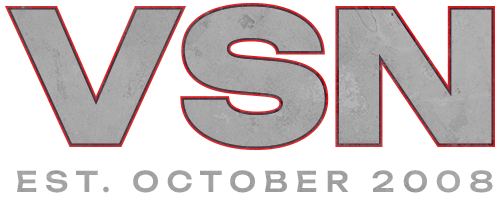You, sir, are an idiot. Let me guess, you'd also rather have Bay over Holliday? Don't make me laugh. Sure, he has impressive HR and RBI numbers, but those are not as important or accurate a way to evaluate a player's worth as OBP, SLG, OPS+, WAR, RC (runs created). In those ways Bay is not so impressive. His defense is poor and getting worse.
If I can get Bay for $13M per for 4 years compared to $25M per for Holliday for 7 years, I'll take Bay. Anything closer than that and no thanks, but Bay's not worth it. He's going to be a DH by 2012 and his performance is going to start going downhill after 2011. It's purely logic and not personal.
Holliday works in two ways. He can and will be part of the short, medium, and long term plan here and signing him will help convince Sox fans that we are serious about contention in 2010 (I don't believe they are but they won't admit it).
The past three years worth in WAR salary
Bay (-11.2 UZR/150 this year):
$0.3M, $13.2M, $15.7M
Holliday (6.0 UZR/150):
$32.2M, $28.0M, $25.6M
Cameron (10.3 UZR/150):
$8.1M, $18.9M, $19.4M
Holliday's statistics against AL teams:
AL East:
BRS: 53 PA: .320/.358/.520
MFY: 38 PA: .333/.421/.485
TBR: 71 PA: .323/.408/.548
BOs: 39 PA: .265/.359/.441
TOR: 52 PA: .240/.269/.280
253 PA: .296/.364/.459 - 253 PA's is about a 1/3 of a season. The BRS counts because we have had an above average staff for his entire career, even if he wouldn't face some of them again.
Against other AL teams:
.487/.574/.590 against the Tigers
.367/.457/.633 against the Royals
.313/.405/.625 against the Twins
.333/.447/.538 against the Jays
.550 SLG against the Angels
.472 OBP against the Indians
.538 SLG against the A's
Matt Holliday is an astounding baseball player, and would smoke the ball in the AL. As for further concerns about his AL performance; he's always been a notoriously slow starter, and before he was traded to St. Louis he was hitting .286 with an .832 OPS. Oakland is a cavern (not hitter friendly) and Holliday had little to no offensive support around him, yet compiled a .286/.832--and people were calling it a down year. That's a fantastic line, considering the circumstances, and it would be a career year for most players in baseball.
Since 2002, Mike Cameron has been worth +29.6 wins, or about the same as David Ortiz, Aramis Ramirez, and Jim Thome, while posting a WAR of over 4.0 every year in the past four seasons. Yet, due to a slew of factors that include accumulating a large portion of value on defense, spending most of his career in extreme pitchers parks, and posting a low average with a lot of strikeouts, Cameron has never gotten the recognition he deserves.
Bay is a better hitter, I'll give him that. Bay’s career wOBA is .384 versus a .347 mark for Cameron. A 40 point gap in wOBA is significant, and is the obvious driving force for the difference in perception between the two. Bay has produced +28 runs above average per 600 PA with the bat since 2002, while Cameron is at +13 runs above average per 600 PA over the same time frame. That’s a 15 run per season gap. It’s a real difference, but probably smaller than the perception of their relative offensive abilities.
That’s just the offensive side, of course. On the other side of the ball, Cameron is one of the better defensive center fielders in the game, while Bay is a bad defensive corner outfielder. If we want to look at the numbers, Cameron is +6 UZR/150 over the last eight years, while Bay is -8 UZR/150. But, of course, they aren’t being compared to the same average baseline, since Cameron plays CF and Bay plays LF. Historically, the gap between an average LF and an average CF is about 10 runs, so the gap is actually 24 runs over their careers.
There’s also the age issue. Cameron is going to be 37 next year, while Bay just turned 31. However, the primary factor in any aging curve has to be the starting point of a player’s value. Cameron may be older, but he’s also better, and he has a skill set that ages significantly better. He’s shown little to no erosion in skills over the last few years. At worst, you could use the age gap to make them have fairly similar projections in value for 2010.
